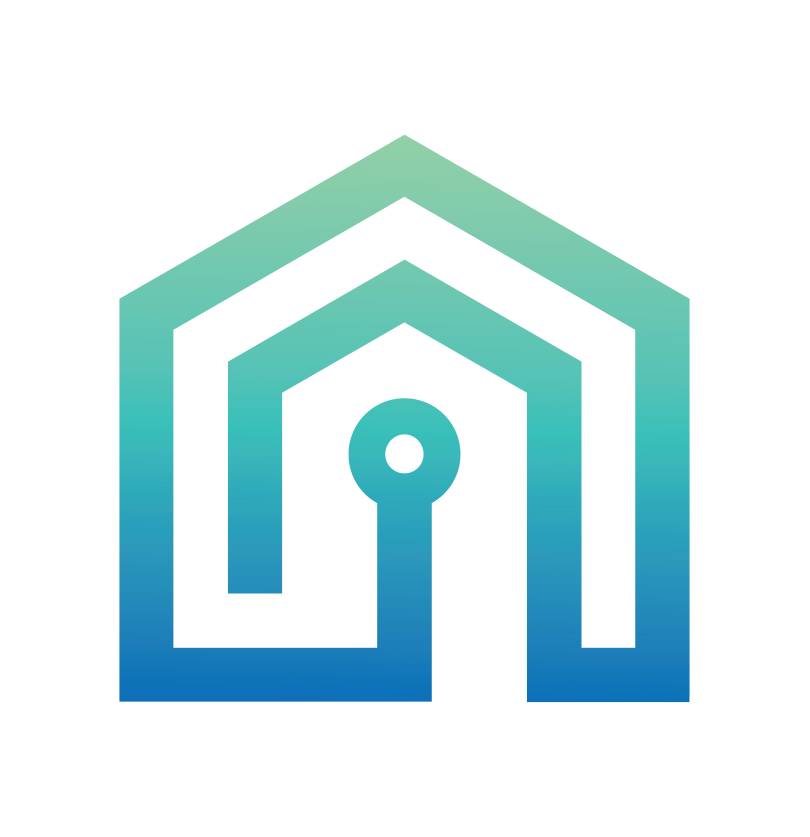The Core Module defines the ontological concepts and relations of the abstract entities identified by DigiBUILD's data requirements extraction process. The identified abstract entities are classified as follows:
- Agent: This abstract entity represents actors that exist in a location and interact with assets. Within DigiBUILD, the agent abstraction is used to represent actors such as an organization or a person who owns, maintains, or operates physical assets.
- Location: This abstract entity represents physical locations where agents and assets exist. Within DigiBUILD, the location abstraction is used to represent districts, sites, buildings, spaces, and zones.
- Asset: This abstract entity refers to physical existence objects placed in a location and owned, maintained, or operated by agents. Within DigiBUILD, an asset can refer to building elements, distribution elements and other physical entities such as vehicles, renewable plants, etc.
- Collection: This abstract entity refers to a group of other entities such as location and asset. For instance, a PV array is defined as a collection of PV panels that have a common electrical distribution system.
- Quantity: This abstract entity refers to quantities that can be measured, observed, estimated, or forecasted and are represented by a single numerical value and a unit. Within DigiBUILD, a quantity can refer to values observed by sensors and actuators or KPIs that are calculated or predicted by the S3 and S4 services.
- Information Resource: This abstract entity represents digital information that is semantically connected to the other entities in the form of human- and machine-readable documents such as spreadsheets, drawings, simulation models, etc. Within DigiBUILD, the information resource abstraction is used to store metadata related location, assets, and collections. For instance, a building may have a BIM model, a region a weather service provider, a building system an operation schedule etc.

